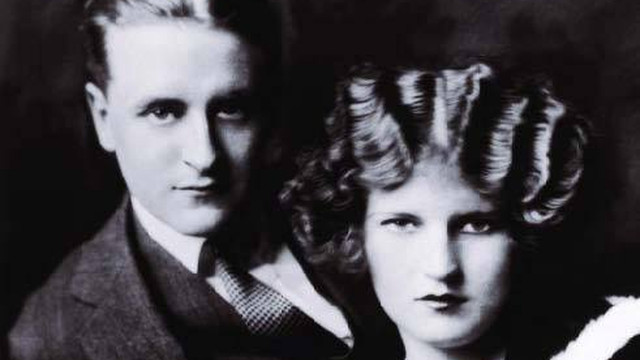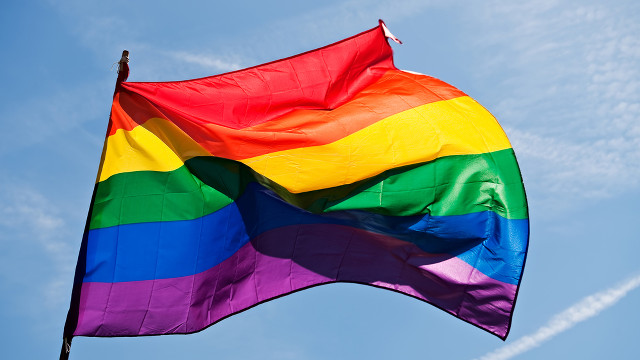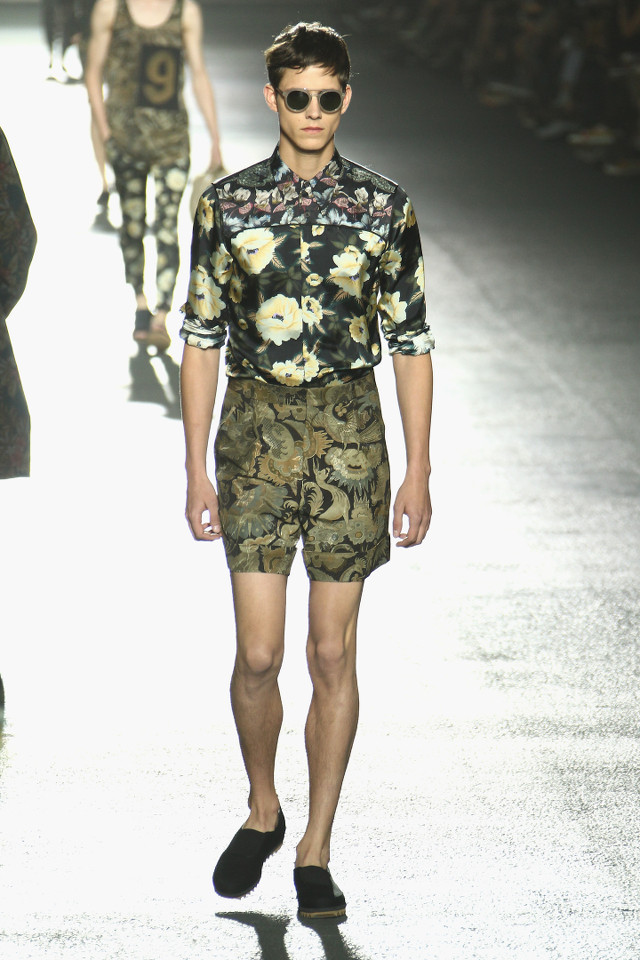SUMMARY
This is AI generated summarization, which may have errors. For context, always refer to the full article.
MANILA, Philippines – Here are some Life & Style stories from the week of June 24 to 28.
Teen from Turkey turns banana peels into eco-friendly plastic

A 16-year-old from Istanbul has found a way to convert banana peels as a substitute of pollution-causing petroleum-based plastics.
Elif Bilgin, who says “science is my calling,” hypothesized that if starch and cellulose from food waste like mango skins can be turned into bioplastics, banana peels ought to do the trick too.
For this innovation, Bilgin was named the winner of the US$50,000 Science in Action prize by Scientific American on June 27. This gives her a chance to participate in the Google Science Fair for young inventors in California this September.
Cubans finally surf the Web, at high cost

In communist Cuba, Internet is a luxury. Government-owned Internet “hot spots” are the only places Cubans can get access. Only journalists, doctors and certain other professionals are allowed to go online from their homes.
For several weeks, Cubans flocked to the 118 newly opened government-owned public access Internet points. But what still keeps a majority of Cubans offline is the steep price of Internet access at these hot spots. An hour of Internet access costs US$4.50 (P194), making it too expensive for most Cubans who earn barely US$20 (P864).
This explains why Cuba has one of the lowest number of Web users in Latin America, with only 2.6 million of them online out of a population of 11.1 million as of 2011 figures.
Cuban officials say their goal is to bring the Web to Cuban homes. But when an underwater fiber-optic cable from Venezuela was switched on, officials said they were forced to “prioritize” it for universities, companies and research centers. This limited access, they explained, is due to “technological and financial” considerations.
This hasn’t swayed the belief among some Cubans that it’s just another form of censorship in a country where all media outlets are state-controlled.
‘Gatsby’ author’s French villa on sale

Want to relive the opulent 1920s of “The Great Gatsby”? You can live in author Francis Scott Fitzgerald’s house for US$36 million (Php 1.6 billion).
Sotheby’s International Realty announced on June 28 that the villa in the French Riviera where Fitzgerald lived with his wife Zelda from 1922 to 1924 is now on sale.
The 800 square meter villa named “Picolette” is described by Sotheby’s as a “jewel with views of the sea.” It also has a park and swimming pool.
For admirers of the works of Fitzgerald, the house is said to be the setting of his 1934 novel “Tender is the Night.”
After recent restorations, the villa is back to its original Art Deco grandeur. It has frescoes and gardens leading to a private beach.
British embassy to fly gay pride flag in France

To show support for Gay Pride marches taking place in Paris and London from June 29 to 30, the British Embassy in the French capital will adorn its building with a rainbow flag.
The weekend festivities will be the first LGBT (Lesbian, Gay, Bisexual and Transsexual) pride celebration since France legalized gay marriage in May. Britain may soon enact a similar legislation.
Peter Ricketts, British Ambassador in Paris, said, “I am delighted to fly the rainbow flag over the Embassy to mark this week and to show our pride in our LGBT staff and our celebration of diversity in our staff and our society.
“The British government supports LGBT rights around the world and believes no one should face prejudice and discrimination because of their sexual orientation or gender identity.”
Menswear goes floral at Paris Fashion Week

[See original image here]
Menswear designers went for a more feminine feel at Paris Fashion Week with florals, skirts, embroidery and sheer fabric at the shows of Ann Demeulemeester, Dries Van Noten, Henrik Vibskov and juun.j.
Dries Van Noten’s collection combined as many as 3 floral prints in a single menswear outfit. The Belgian designer explained, “When you study history, sometimes it’s acceptable for men to wear flowers and sometimes people consider it very feminine.”
Ann Demeulemeester continued the floral note with multi-layered ensembles dominated by delicate floral embroidery worn by male and female models.
Male models wore lipstick and unisex outfits like oversized sheer shirts and tiny shorts at South Korean designer juun.j’s show.
Henrik Vibskov dressed his male models in a print dress, wrap skirt and black mini-dress combined with shorts. – Rappler.com
Banana image from Shutterstock
Computer and technology image from Shutterstock
Rainbow flag image from Shutterstock
Add a comment
How does this make you feel?
There are no comments yet. Add your comment to start the conversation.